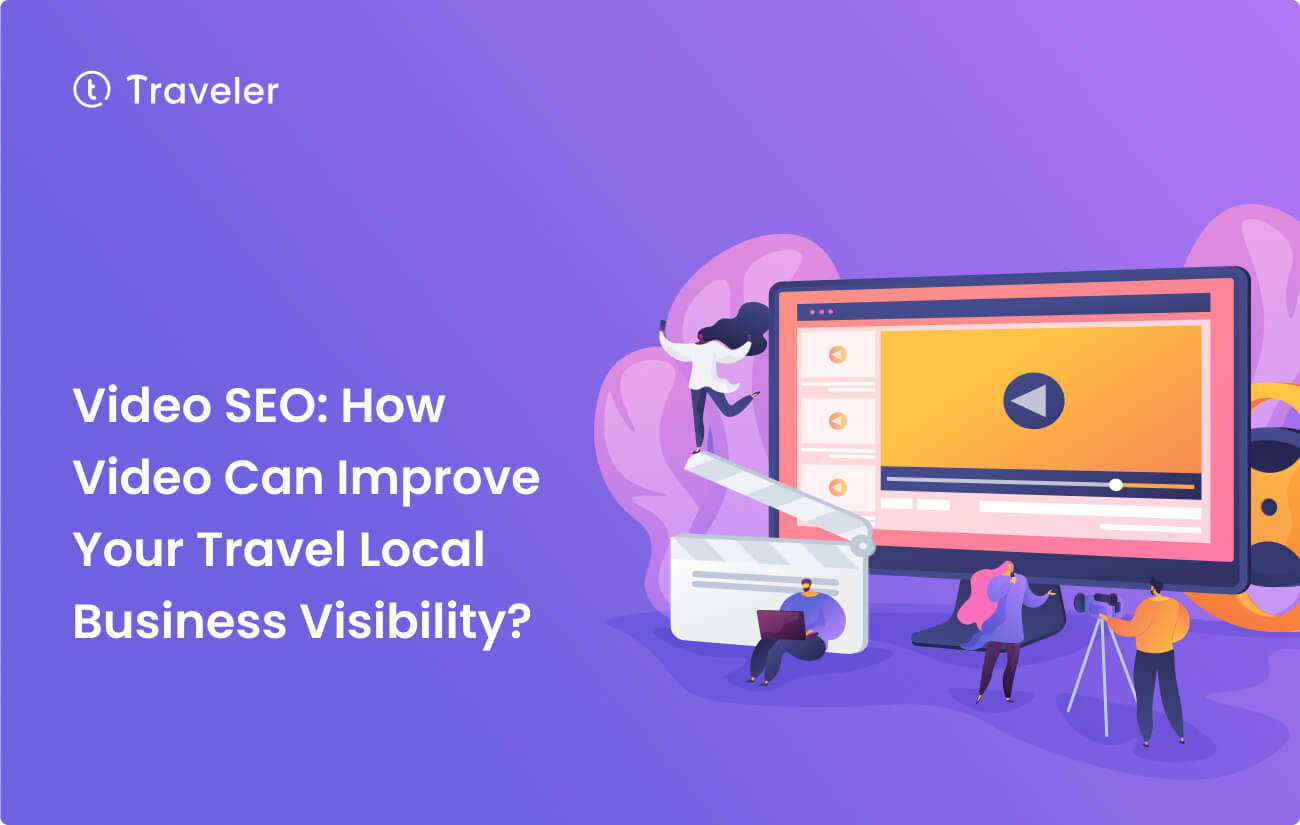 A Comprehensive Guide to Enhancing Your Local Business’ Visibility on Google Maps
A Comprehensive Guide to Enhancing Your Local Business’ Visibility on Google Maps
In today’s digital age, it’s essential for local businesses to have a strong online presence. And when it comes to online visibility, Google Maps is a powerful tool that can help businesses connect with their customers. In this comprehensive guide, we will explore the importance of claiming and advertising your business on Google Maps, as well as provide tips on how to optimize your presence to attract more customers.
Google Maps: A Must-Have Strategy for Local Businesses
The way users search for businesses has evolved, and Google has recognized the importance of highlighting Maps placements within search results. This means that simply having sitelinks driving to your “Store Locator” page or bidding on “near me” keywords is no longer enough. To truly stand out in the search engine results page (SERP), businesses need to have a separate Google Maps strategy.
The Future of SERP: Performance Max and AI
As Google continues to prioritize Performance Max and invest in AI-forward search results, we can expect further changes in the SERP. The upcoming Google Marketing Live event is anticipated to announce even more shifts in AI, which may include a greater emphasis on Maps in the user journey. It’s clear that businesses must claim their storefronts within Google Business Profile and promote them within Google Ads to see real success.
Creating and Optimizing Your Business Profile
The first step to enhancing your local business’ visibility on Google Maps is creating and optimizing your Business Profile. This profile serves as your footprint on Google Maps and includes important information such as store hours, phone numbers, and contact information. It’s crucial to keep this information up-to-date to provide customers with accurate details about your business.
For businesses with multiple locations, it’s essential to ensure that your Data Feed is accurate and includes relevant visuals such as pictures and menus. These visuals can help potential customers make informed decisions about visiting your business.
Campaign Types and Settings
Once your Business Profile is optimized, it’s time to determine which campaign types will work best for your business. A combination of Search and Performance Max campaigns with either Store or Travel goals can help you reach your target audience effectively. It’s important to structure your campaigns by key performance indicators (KPIs) and consider location targeting based on where your customers are searching from.
Location and Business Assets
Setting up location assets correctly is crucial for maximizing your local business’ visibility on Google Maps. These assets can serve across various platforms, including Google Search, Search Partners, Display Network, and YouTube. Verifying your phone number and enabling call reporting are essential for gauging the performance of your location assets.
In addition to location assets, it’s important to ensure that your business name and logo assets are up to date and applied at the account level. These assets can help boost your quality score and build brand recognition among your customer base.
Maximizing Your Local Business’ Visibility
By claiming and promoting your business on Google Maps, you can significantly boost your local visibility and attract more customers to your storefronts. Following the steps outlined in this guide, you can quickly and effectively leverage Google Maps to grow your business.
Looking Ahead: Embracing AI and Maps-First Results
As Google continues to embrace AI, we can expect more Maps-first results in the SERP. Additionally, Google Ads may introduce new features to make running ads on Maps even easier for advertisers. It’s important for businesses to stay updated with these changes and adapt their strategies accordingly to stay ahead of the competition.
In conclusion, enhancing your local business’ visibility on Google Maps is crucial in today’s digital landscape. By claiming and optimizing your Business Profile, running targeted campaigns, and leveraging location assets, you can attract more customers and grow your business. With Google’s continued focus on AI and Maps-first results, it’s important for businesses to stay informed and adapt their strategies to stay competitive in the ever-changing world of online advertising.
